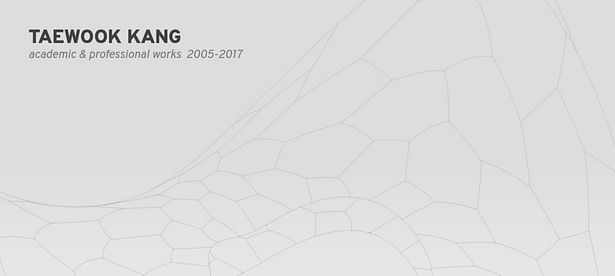

Associate at Gould Evans / M.Arch, UC Berkeley
A balanced architect with a mastery of computational techniques and a strong design sense.
Gansam Architects and Partners, Seoul, KR, Intermediate Designer
As a junior designer, I mainly participated in many competition and mainly worked on SD and DD Productions, During my intermediate designers, I mainly worked on DD and CD phases including BIM documentations. Especially, I was involved in whole processes ranging from the competitions to the construction phase for the Moneual’s corporate headquarters project as a main designer.
The 2nd Xi Design Fiesta (GS E&C), 2nd Place
The typical plan of apartment building has been used in many dense cities because of its efficiency in mass production; however, it was completely inadequate to respond to increasingly diverse lifestyles and changing housing culture as the times change.
Layouts of most apartments have function-based divisions of rooms consisting of a living room, rooms, and a kitchen, and designed as a box frame, which does not allow change of layout of the apartment once construction is complete. However, the people in current times have housing requirements as diverse as their lifestyles. For instance, an individual A, a composer living alone, requires a small room for sleeping and a large studio only, while an individual B’s family, with four children, requires four rooms for children in adolescence, and a single C, a cook who enjoys inviting people over, needs a kitchen and a large entertaining area.
I came up with a simplified plan system in which the nature of the space can easily be modified in response to such various lifestyle changes, within the premise of the mass production of housing.
The 26th Space Prize, Honorable Mention
The 4th Do.co,mo.mo_Korea Design Competition, 1st Place
Seoul Station and its Plaza have been the symbols of modernization of Korea, with its tumultuous past, since the Korean War. However, since the dazzling appearance of the new station building, with the launch of the high-speed rail KTX, the historical context of the old Seoul Station was cut off instantly, and significant changes have taken place in the surrounding urban landscape. The old Seoul Station building, which served as the gate to Seoul for a century, has vanished into the obscurity of history.
I proposed a huge wall being inserted in the space between Seoul Station and ancillary facilities. The old station, which has been isolated from existing programs, becomes an independent feature with this simple gesture. Serving as a background screen for the old Seoul Station building, The Wall highlights the shape of the old structures and revives the meaning of place. The surface of The Wall can also serve as a digital canvas for information provision, or as a backdrop for various city events.
2007 Yonsei Architecture Awards, 1st Place
Most universities in Korea have fenced-off campuses with walls. This scheme has the advantage of maintaining the academic atmosphere with a clear boundary of the university; however, it has the disadvantage of making active communication with the local community difficult. In this environment, campus-surrounding areas are disconnected from college culture due to consumer-oriented excessive commercialization.
The Sinchon Commercial District in Seoul is an extreme case of such campus-surrounding areas. Sinchon is the area with the largest transient population in their 20s in Seoul. This has been a gathering spot for a great number of young people as well as college students. However, as the adjacent Yonsei University has a typical fenced-off campus, and even a railroad at the boundary, traffic between the campus and the Sinchon area has long been limited. Based on the premise of this condition, I deliberated on how the relationship between the university and the local community can be restored.
I proposed a satellite campus linked remotely by designating a spot in the Sinchon area as its site. The satellite campus was conceived to generate transformation in the Sinchon area as an urban learning hub to provide the community with selected educational programs and to be available for communication among students. It was expected ultimately to serve as a catalyst for gradual change of the cultural environment of Sinchon in a natural way and with least conflict.